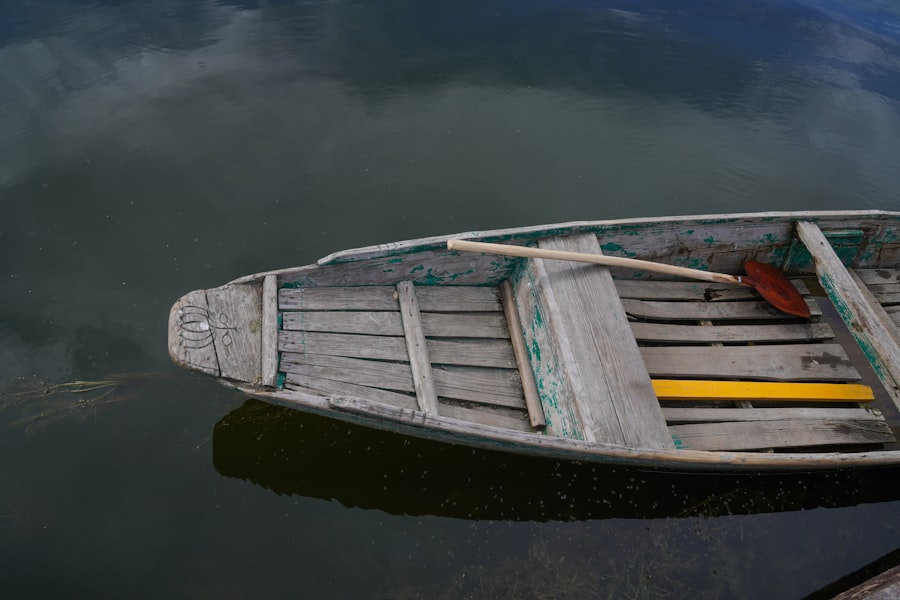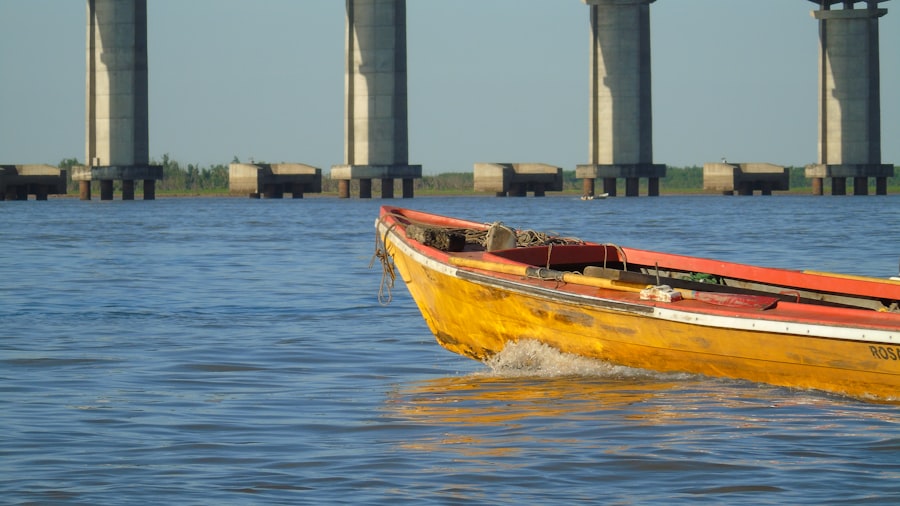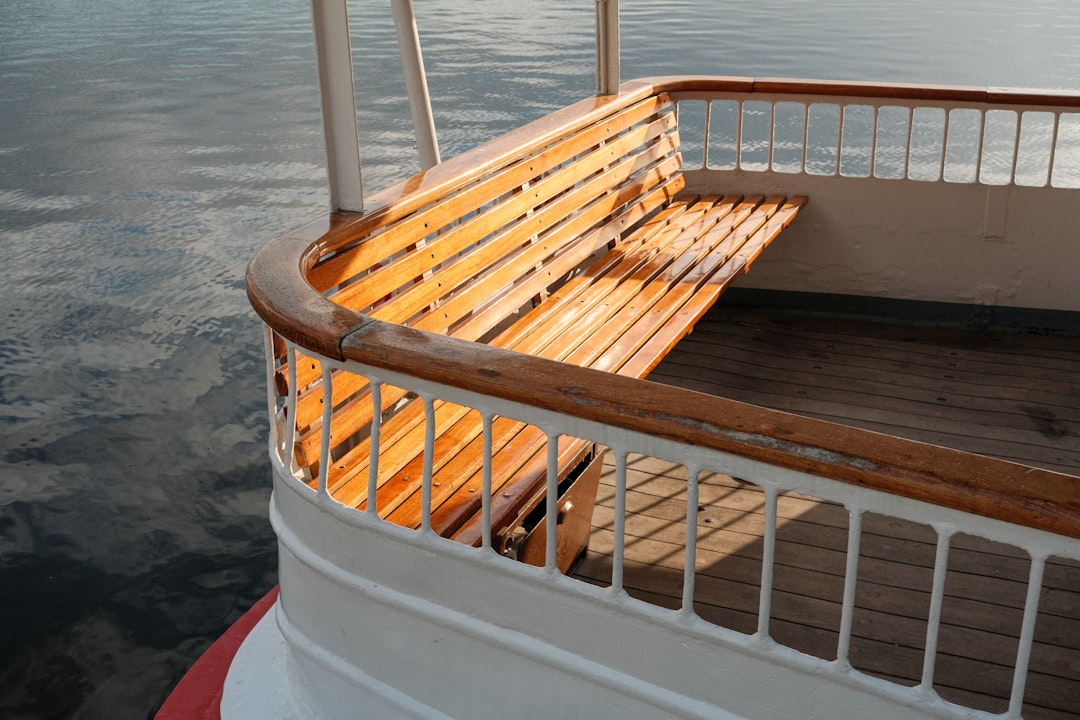The Drake Passage, a body of water that separates South America from Antarctica, is renowned for its tumultuous seas and unpredictable weather. Stretching approximately 600 miles, this passage is often regarded as one of the most challenging maritime routes in the world. Named after the English explorer Sir Francis Drake, who navigated these waters in the late 16th century, the Drake Passage has become a focal point for adventurers and researchers alike.
Its unique geographical position not only makes it a critical route for maritime traffic but also a significant area for studying oceanic and climatic phenomena. The passage is characterized by its strong currents and high waves, which can reach heights of over 30 feet during storms. This unpredictable nature has earned it a reputation as a formidable challenge for sailors and rowers.
Despite these dangers, the Drake Passage has attracted numerous adventurers who seek to test their limits and experience the raw power of nature. Rowing across this stretch of water is not merely an athletic endeavor; it is a journey that embodies the spirit of exploration and resilience against the elements.
Key Takeaways
- The Drake Passage is a treacherous body of water located between South America’s Cape Horn and the South Shetland Islands of Antarctica.
- The first successful row boat journey across the Drake Passage was completed in 2019 by a team of adventurers, marking a historic achievement.
- Navigating the Drake Passage in a row boat presents numerous challenges, including extreme weather conditions, strong currents, and unpredictable waves.
- Rowers face physical exhaustion, sleep deprivation, and mental strain during the journey, requiring immense resilience and determination.
- Extreme weather in the Drake Passage poses significant dangers to rowers, with potential risks of hypothermia, capsizing, and injury.
The history of the Drake Passage Row Boat journey
The history of rowing across the Drake Passage is relatively recent, with the first successful attempts occurring in the late 20th century. Prior to this, the passage was primarily traversed by larger vessels equipped to handle its treacherous conditions. The first recorded rowboat crossing was achieved in 2001 by a team of adventurers who sought to push the boundaries of human endurance and capability.
This groundbreaking journey marked a significant milestone in adventure sports, inspiring others to take on the challenge of rowing across one of the most formidable stretches of water on Earth.
Some rowers are driven by personal challenges, while others aim to raise awareness for environmental issues or charitable causes.
The growing interest in this extreme sport has led to an increase in organized expeditions, with teams meticulously planning their routes and training regimens to prepare for the harsh realities of the Drake Passage. Each journey adds to the rich tapestry of history surrounding this iconic waterway, showcasing human determination and the quest for adventure.
The challenges of navigating the Drake Passage in a row boat

Navigating the Drake Passage in a rowboat presents an array of formidable challenges that test even the most seasoned adventurers. The unpredictable weather patterns can shift rapidly, transforming calm waters into raging seas within moments. Rowers must contend with powerful currents that can easily push them off course, requiring constant vigilance and adaptability.
The sheer physicality of rowing against strong winds and waves demands not only strength but also exceptional endurance and teamwork. Moreover, the isolation of the passage adds another layer of difficulty. With limited access to immediate support or rescue services, rowers must be self-sufficient and prepared for emergencies.
This isolation can be psychologically taxing, as the vastness of the ocean can evoke feelings of vulnerability and loneliness. Each team must develop strategies to cope with these mental challenges while maintaining focus on their goal. The combination of physical exertion and mental fortitude makes rowing across the Drake Passage one of the ultimate tests of human resilience.
The physical and mental toll on the rowers
| Physical Toll | Mental Toll |
|---|---|
| Muscle fatigue | Stress and anxiety |
| Injuries (back, shoulders, knees) | Pressure to perform |
| Physical exhaustion | Emotional strain |
The physical toll on rowers attempting to cross the Drake Passage is immense. Hours spent battling against relentless waves and currents can lead to severe fatigue, muscle strain, and even injuries. Rowers often experience blisters, chafing, and other ailments that come with prolonged exposure to harsh conditions.
The need for constant physical exertion means that maintaining energy levels through proper nutrition and hydration becomes crucial. Many teams develop detailed meal plans to ensure they have enough fuel to sustain their efforts throughout the journey. Equally significant is the mental toll that such an arduous journey can impose.
Rowers must grapple with feelings of doubt, fear, and anxiety as they navigate through unpredictable waters. The isolation can exacerbate these feelings, leading to moments of despair or hopelessness. To combat this, teams often rely on strong communication and camaraderie, fostering a supportive environment that helps them push through difficult moments.
Mental resilience becomes just as important as physical strength, as rowers learn to manage their emotions and maintain focus on their shared goal.
The dangers of extreme weather in the Drake Passage
Extreme weather conditions are a defining characteristic of the Drake Passage, posing significant dangers to those who dare to traverse its waters. Storms can arise suddenly, bringing with them fierce winds and towering waves that can capsize even well-equipped vessels. Rowers must be acutely aware of weather forecasts and prepared to alter their plans at a moment’s notice.
The unpredictability of storms means that even experienced sailors can find themselves in perilous situations. In addition to storms, rowers face other weather-related challenges such as freezing temperatures and icy conditions. Hypothermia is a real threat, as exposure to cold water can quickly lead to life-threatening situations.
Rowers must wear specialized gear designed to insulate against cold while allowing for mobility during rowing.
The wildlife and marine life encountered during the journey

Despite its challenges, the Drake Passage is also home to a rich diversity of wildlife and marine life that captivates those who venture through its waters. Rowers often encounter majestic creatures such as whales, seals, and various seabirds that thrive in this unique ecosystem. The sight of a humpback whale breaching or a pod of dolphins swimming alongside the boat can provide much-needed motivation during grueling stretches of rowing.
The presence of wildlife serves as a reminder of the delicate balance within this marine environment. Rowers are often encouraged to observe and respect these creatures while minimizing their impact on their habitats. Many teams take part in conservation efforts or educational initiatives aimed at raising awareness about the importance of protecting marine ecosystems.
This connection with nature adds depth to the journey, transforming it from a mere physical challenge into an opportunity for environmental stewardship.
The support team and logistics behind the row boat journey
Behind every successful rowboat journey across the Drake Passage lies a dedicated support team that plays a crucial role in ensuring safety and success. These teams are responsible for planning logistics, including route mapping, weather monitoring, and emergency preparedness. They often work tirelessly behind the scenes to coordinate supplies, equipment, and communication systems that are vital for the rowers’ safety.
Support teams also provide emotional backing for rowers during their journey. Regular check-ins via satellite communication allow rowers to share their progress and receive encouragement from their support crew. This connection helps maintain morale during challenging moments when rowers may feel isolated or overwhelmed by their surroundings.
The collaboration between rowers and their support teams exemplifies the importance of teamwork in overcoming obstacles and achieving shared goals.
The record-breaking achievements of those who have successfully completed the journey
The allure of record-breaking achievements has driven many adventurers to attempt rowing across the Drake Passage under various conditions and timeframes. Each successful crossing adds another chapter to the annals of adventure sports history, inspiring future generations to take on similar challenges. Some rowers have completed the journey in record times, showcasing not only their physical prowess but also their strategic planning and teamwork.
These record-breaking feats often garner significant media attention, highlighting both the individual accomplishments of rowers and raising awareness about the challenges they face in extreme environments. As more adventurers take on this challenge, they continue to push boundaries and redefine what is possible in terms of endurance sports. Each new record serves as motivation for others who dream of conquering this formidable passage.
The importance of preparation and training for the Drake Passage Row Boat journey
Preparation is paramount for anyone considering a rowboat journey across the Drake Passage. Prospective rowers must undergo rigorous training regimens that encompass both physical conditioning and technical skills related to rowing in challenging conditions. This preparation often includes long-distance rowing sessions in various weather scenarios to simulate potential conditions they may encounter during their crossing.
In addition to physical training, mental preparation is equally essential. Rowers must develop strategies for coping with stress, fatigue, and isolation while maintaining focus on their goals. Many teams engage in team-building exercises that foster camaraderie and communication skills essential for navigating challenges together.
This comprehensive approach to preparation ensures that rowers are equipped not only physically but also mentally for the demanding journey ahead.
The impact of climate change on the Drake Passage and its effects on row boat journeys
Climate change has begun to alter the dynamics of the Drake Passage in ways that could significantly impact future rowboat journeys. Rising ocean temperatures are affecting marine ecosystems, leading to shifts in wildlife populations and behaviors that could alter encounters during crossings. Additionally, changing weather patterns may result in more frequent or intense storms, further complicating navigation through these waters.
Rowers must remain vigilant about these changes as they plan their expeditions. Understanding how climate change affects ocean conditions will be crucial for ensuring safety during crossings. Furthermore, many adventurers use their journeys as platforms for raising awareness about climate change’s impact on marine environments, advocating for conservation efforts aimed at protecting these vital ecosystems.
The future of row boat journeys through the Drake Passage
The future of rowboat journeys through the Drake Passage appears promising yet fraught with challenges as adventurers continue to seek new ways to explore this iconic waterway. As technology advances, so too do safety measures and equipment designed specifically for extreme conditions. Innovations in materials used for boats and gear may enhance performance while providing greater protection against harsh elements.
Moreover, as awareness grows regarding environmental issues related to climate change, more rowers may choose to incorporate conservation efforts into their journeys. This shift could lead to increased collaboration between adventurers and environmental organizations focused on preserving marine ecosystems within the Drake Passage region. Ultimately, while challenges remain inherent in navigating these waters, human determination combined with a commitment to sustainability may pave new paths for future explorers seeking adventure across one of nature’s most formidable frontiers.
In an inspiring feat of endurance and determination, a team of adventurers recently completed a challenging rowboat journey across the Drake Passage, one of the most treacherous stretches of water in the world. This remarkable expedition highlights the spirit of exploration and the human capacity to push beyond perceived limits. For those interested in learning more about similar adventurous quests and the geographical challenges they entail, you can explore a related article on MyGeoQuest, which delves into various geographical explorations and the stories behind them.
WATCH NOW! Drake Passage: Earth’s Deadliest Waters Revealed
FAQs
What is the Drake Passage?
The Drake Passage is the body of water between the southern tip of South America and the northern tip of the Antarctic Peninsula. It is known for its rough seas and challenging weather conditions.
What is a row boat?
A row boat is a small, narrow watercraft propelled by oars. It is typically used for recreation or transportation on calm waters.
What is a Drake Passage row boat expedition?
A Drake Passage row boat expedition is a challenging and adventurous journey in which individuals attempt to row across the Drake Passage in a small boat. This expedition is known for its extreme conditions and is considered one of the most difficult rowing challenges in the world.
What are the challenges of rowing across the Drake Passage?
Rowing across the Drake Passage presents numerous challenges, including extreme weather conditions, strong winds, large waves, and the potential for icebergs. The passage is also known for its unpredictable and rapidly changing weather patterns.
What type of boat is used for a Drake Passage row boat expedition?
For a Drake Passage row boat expedition, a specially designed row boat or ocean rowing boat is typically used. These boats are built to withstand rough seas and are equipped with necessary safety and navigation equipment.
How long does it take to row across the Drake Passage?
The duration of a Drake Passage row boat expedition can vary depending on weather conditions and the capabilities of the rowers. It can take anywhere from several days to a few weeks to complete the journey.
